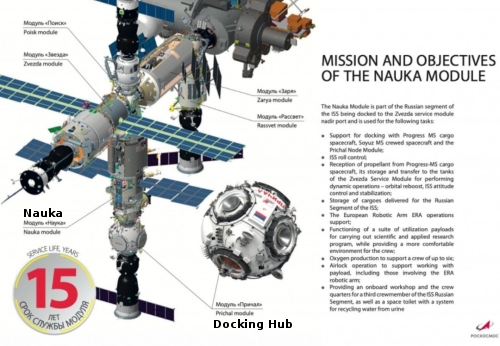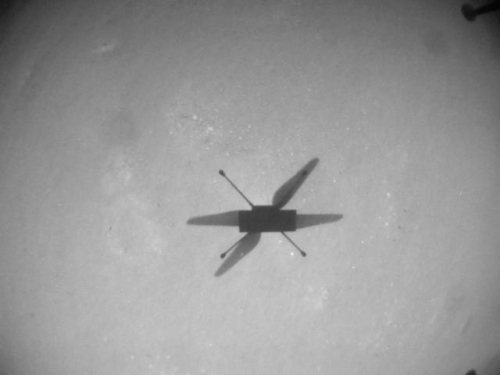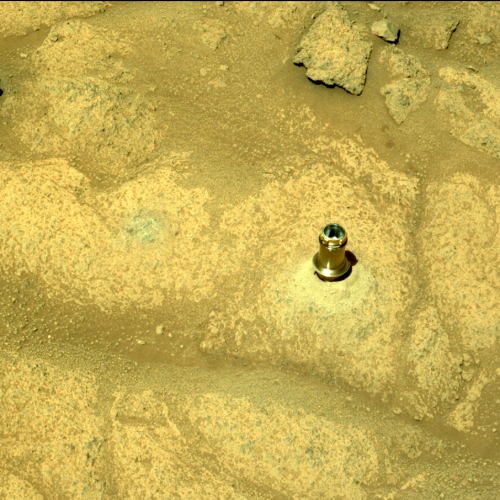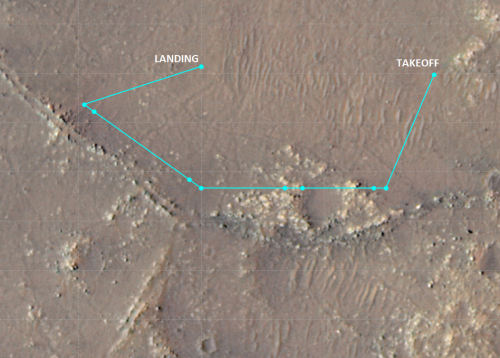Today’s blacklisted American: Democrat endorses racial discrimination and press censorship aimed at whites

Eagerly discriminated against by Democrats
Blacklists and segregation are back and the Democrats have got ’em: Lori Lightfoot, the Democratic Party mayor of Chicago, recently and enthusiastically defended her past racial disciminatory policy of refusing to give any one-on-one interviews to white reporters, saying she intends to do it again.
Chicago Mayor Lori Lightfoot said she would “absolutely” grant interviews only to journalists of color again after she drew waves of backlash earlier in the year when she announced the policy.
“I would absolutely do it again. I’m unapologetic about it because it spurred a very important conversation, a conversation that needed to happen, that should have happened a long time ago,” the Democrat said on a segment of the New York Times’s podcast Sway, released on Monday.
“Here is the bottom line for me: To state the obvious, I’m a black woman mayor,” she said. “I’m the mayor of the third-largest city in the country. Obviously, I have a platform, and it’s important to me to advocate on things that I believe are important. Going back to why I ran — to disrupt the status quo. The media is critically important to our democracy. … The media is in a time of incredible upheaval and disruption, but our City Hall press corps looks like it’s 1950 or 1970.”

Eagerly discriminated against by Democrats
Blacklists and segregation are back and the Democrats have got ’em: Lori Lightfoot, the Democratic Party mayor of Chicago, recently and enthusiastically defended her past racial disciminatory policy of refusing to give any one-on-one interviews to white reporters, saying she intends to do it again.
Chicago Mayor Lori Lightfoot said she would “absolutely” grant interviews only to journalists of color again after she drew waves of backlash earlier in the year when she announced the policy.
“I would absolutely do it again. I’m unapologetic about it because it spurred a very important conversation, a conversation that needed to happen, that should have happened a long time ago,” the Democrat said on a segment of the New York Times’s podcast Sway, released on Monday.
“Here is the bottom line for me: To state the obvious, I’m a black woman mayor,” she said. “I’m the mayor of the third-largest city in the country. Obviously, I have a platform, and it’s important to me to advocate on things that I believe are important. Going back to why I ran — to disrupt the status quo. The media is critically important to our democracy. … The media is in a time of incredible upheaval and disruption, but our City Hall press corps looks like it’s 1950 or 1970.”













